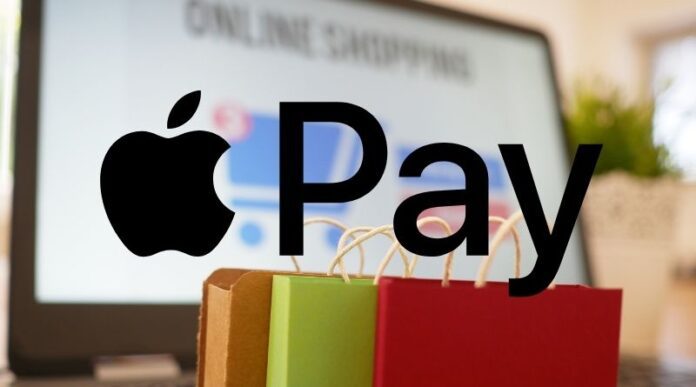Apple Pay is Apple’s electronic payment platform that allows you to make payments and purchases without physically using a debit or credit card. It has been operating since 2014 and, after some initial failures, it has established itself as one of the most comfortable and secure ways to not carry money with you.
Apple Pay allows you to make payments from an iPhone or an Apple Watch, both online and in person in contactless mode
This is possible thanks to the fact that there is an electronic version of it configured on the Apple device that is being used, be it an iPhone, an Apple Watch, an iPad or a Mac computer, both desktop and laptop. The key is that both in Wallet (the virtual wallet of the Apple ecosystem) and in Apple Pay the user configures that bank card as payment method that you want to allocate for that purpose. From there you can make purchases in an automated manner and with total security. Even in the case of iPhone and Apple Watch, you can do it wirelessly thanks to near-field contactless technology.
Next, it is going to be explained how the configuration of this means of payment through Apple Pay in the mentioned brand devices should be faced. In the first place, when initially configuring an Apple device, one of the steps (which can be postponed) is that of the Apple Pay configuration itself, linking with the user’s AppleID and establishing biometric security verification measures based on the systems with which count that device (TouchID or FaceID). As a means of payment, a credit card must be linked to the user identifier in AppleID, which is the one that will be used to execute the payments.
How to set up Apple Pay
From here, to configure Apple Pay, proceed as follows depending on the device:
-iPhone: You must access the Wallet and press the “+” button, selecting in “Available cards” if it is a credit or debit card. It will be necessary to take a photograph of the card itself, but the data can also be entered manually.
Subsequently, it is verified that the data is correct, the “Terms and conditions of use” are accepted (after having read them) and it is selected if you want to establish said card as the default means of payment when activating Apple Pay. Later, more cards can be added and if you want to make the payment with any other than the one selected by default, you will have to enter Wallet to choose it.
-Apple Watch: It is mandatory to set a password to use the Apple Smart Watch as a way to pay. To configure it, it must be done through the Watch app from the iPhone, accessing the “My Watch” tab and scrolling through the menu that appears to the “Wallet & Apple Pay” option. Here you have to follow the same steps explained previously for the payment configuration on the iPhone.
-Mac computers and iPad tablets: Accessing through System Preferences (Mac) or Settings (iPad) you enter the “Wallet & Apple Pay” menu where you will choose the “Add card” option. The devices should be linked to an AppleID and this will already contain the link to a credit card, so it will be displayed (along with others that have been added) so that the user can choose the one that is going to be configured to deal with payments and purchases made from this device. It is enough to verify that the data is correct and accept.
As for the way of making payments, Apple requires their authentication through the two-step security factor, either by entering a code or through biometric verification, although skipping that step can be configured for some payments of amounts. reduced (bus tickets, soft drinks, bread…). To do this, go to “Settings” or “System Preferences” (depending on whether it is an iPhone/iPad/Apple Watch or a Mac, from where you access “Wallet & Apple Pay”.
On iPhones, payments through Apple Pay are activated pressing twice in a row on the side activation button of the device. The screen will display the notice that the payment will proceed and will search for biometric verification using TouchID or FaceID (depending on the iPhone model). In an Apple Watch, the pre-established card is also invoked for payments with a double press on the side button, and then it will be enough to bring the watch closer to the contactless area of the device for electronic payment.
For payments for purchases made through web pages, Apple Pay will request confirmation of the same and will also require confirmation through biometric recognition of the device.














